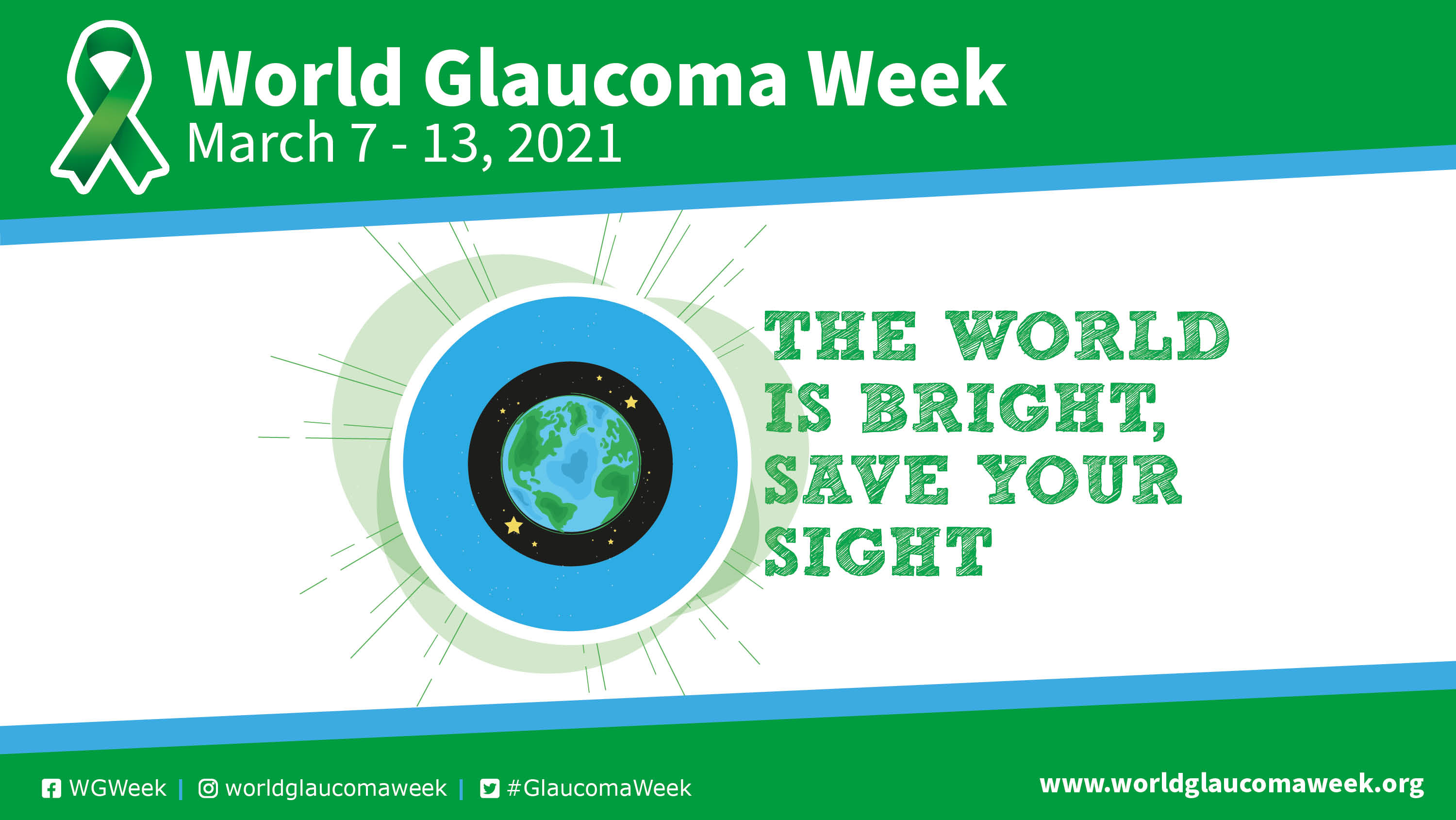This year, World Glaucoma Week runs from March 7 to 13. In recognition of this awareness initiative, QEI Clinic’s Dr Mark Chiang has answered some commonly asked questions about the disease that affects approximately 78 million people globally^. Dr Chiang is an experienced specialist in glaucoma, cataracts and diseases of the retina. Outside of his clinical practice, Dr Chiang is actively involved in glaucoma research as a member of the Childhood Glaucoma Research Network and the international Lindberg Society.
How does glaucoma affect vision?
Glaucoma affects vision by causing irreversible damage to the optic nerve, the cable linking the eye to the brain. This damage is usually related to elevated intraocular pressure (IOP). However, people can have high pressure without glaucoma (ocular hypertension), or normal eye pressure but with glaucoma (normal tension glaucoma).
Glaucoma generally affects the peripheral field of vision initially so there is minimal symptoms. With progressive damage, the field loss becomes more extensive and ultimately affects the central vision, leading to irreversible blindness.
Who is most at risk of developing glaucoma?
Other than elevated IOP, the risk of glaucoma increases with age- especially for those over 50. Those with a family history of glaucoma are also at higher risk, even more so when a first-degree relative has been diagnosed. There are other more specific risk factors which may increase the risk towards certain types of glaucoma. Some of these may include long sightedness (hyperopia), short sightedness (myopia), ethnicity such as Asian or African and previous eye trauma.
How is glaucoma treated?
Generally speaking, glaucoma is treated in a stepwise manner. Patients usually start either with drops or laser treatment (Selective Laser Trabeculoplasty – SLT). If the glaucoma is still inadequately controlled, additional drops or SLT may be added.
Surgical treatment usually comes after failure of topical treatment (drops) or laser. There are two major categories – traditional incisional surgery and the more modern micro-invasive glaucoma surgery (MIGS or stents as commonly referred to in Australia). Both types of surgeries have their place in the treatment ladder with unique pros and cons, and is very much patient dependent. Just like many other fields in medicine, glaucoma treatment should be individualised and tailored to each patient.
Do you have any advice for those who have been recently diagnosed with glaucoma?
Being told you have glaucoma can be overwhelming. I often get asked “Am I going to go blind?” or “How long do I have?”
Even though inadequately treated or untreated glaucoma can lead to irreversible blindness, the majority of glaucoma patients go on with good vision and continue to enjoy their lives with no or minimal limitation. It’s also advisable to obtain information from reliable sources because there are many inaccurate facts on the internet. A good place to start would be Glaucoma Australia (www.glaucoma.org.au) who have a vast amount of information and can point patients to various support groups. Even more important, please discuss your concerns and questions with your ophthalmologist!
^ Source: World Glaucoma Association (WGA), 2021
